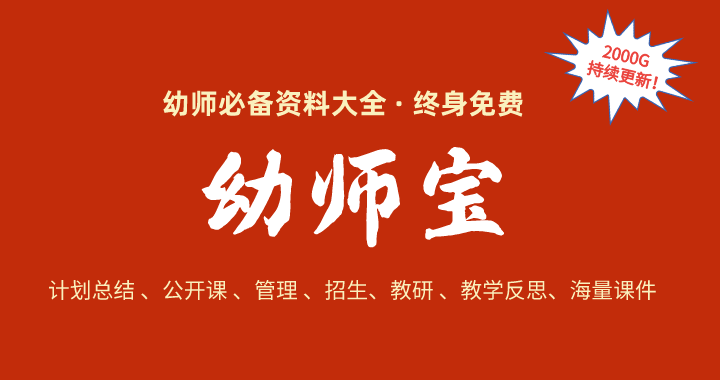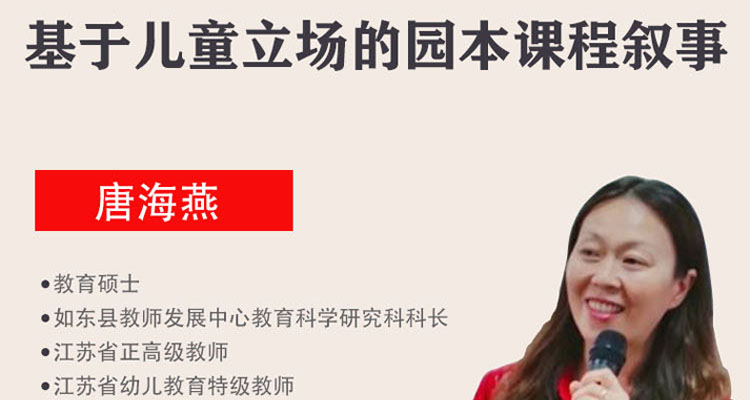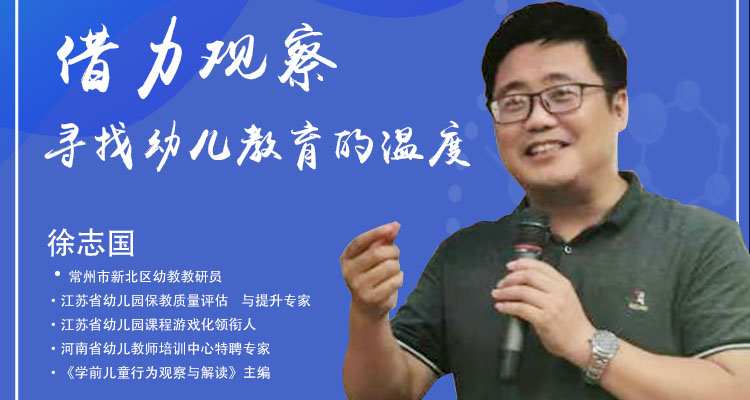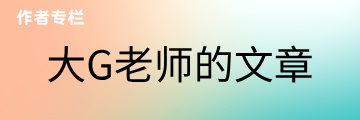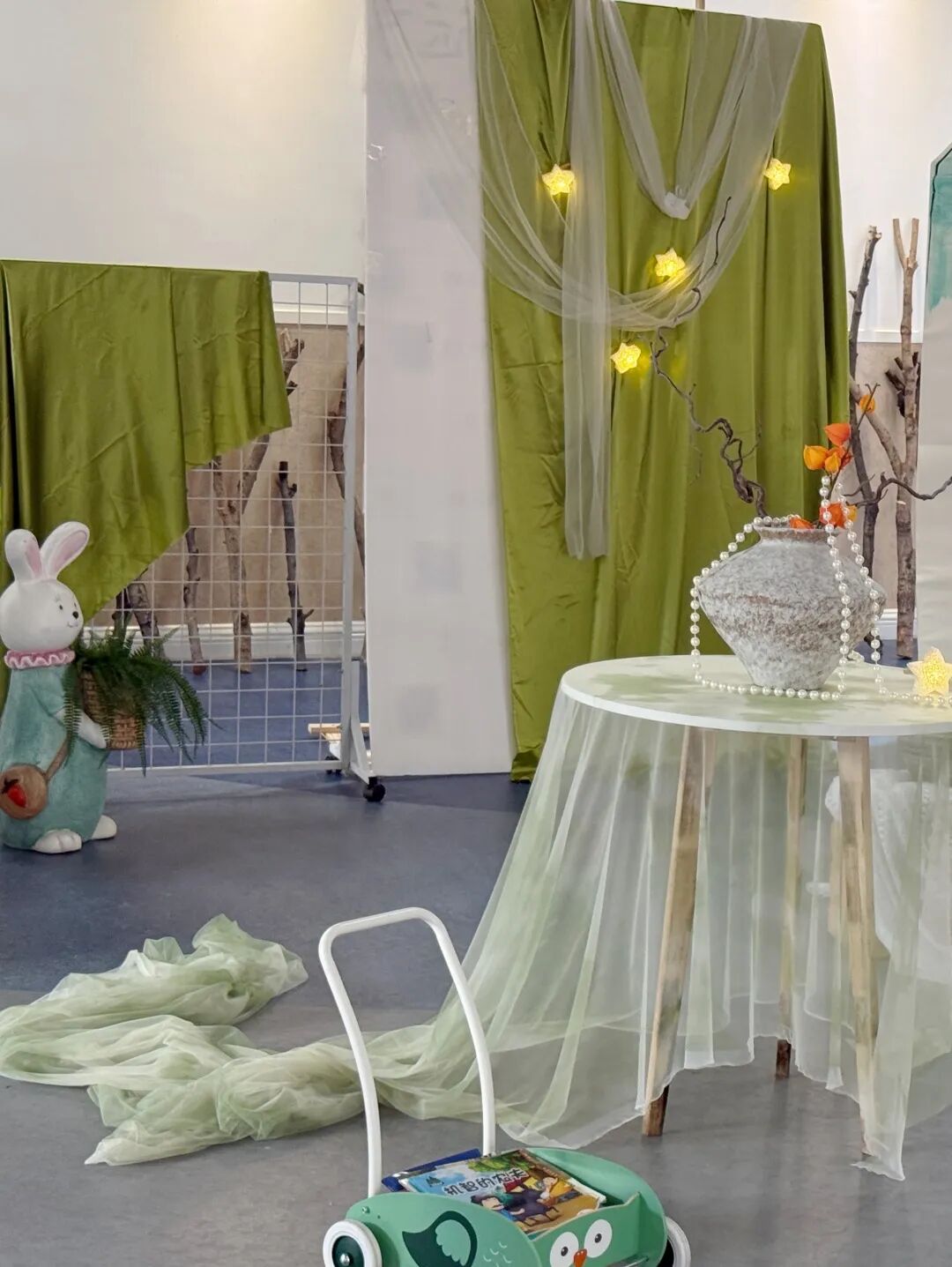When the first spring flowers blossom, Easter comes. It is the oldest Christian feast, commemorating the resurrection of Jesus Christ.
当春天第一束花开的时候,复活节便来临了。它是纪念耶稣基督死后复活的节日,是 基督教里最古老的节日。
Along with the traditional Easter walk or outing, the giving of Easter eggs and, more recently, of Easter presents is a main feature of the feast. Parents give their children “ Easter eggs ” —colored and boiled eggs, chocolate eggs, marzipan eggs—Easter bunnies , sweets, and other gifts. In some German regions, children virtually “collect” Easter eggs from their relatives, especially their godparents .
除了传统上的复活节出游以外,赠送复活节彩蛋和近年来新添的赠送复活节礼物是这一节日的主要特色。父母们送给孩子们各种各样的彩蛋——煮熟了的彩蛋、巧克力蛋和杏仁彩蛋——此外,还有复活节小兔、糖果以及别的礼物。在德国的一些地区,孩子们简直就是向他们的亲属们“征集”彩蛋,尤其是他们的教父教母们。
Usually, the Easter eggs are carefully hidden in the garden or in the house and the children must search for them on the morning of Easter Sunday. They are told that the Easter bunny has brought them. This anonymous,mysterious bunny is like Santa Claus at Christmas. But it is less of an “educational” figure than Santa Claus is, since the eggs are not given to children as rewards for being good.
人们常常把彩蛋埋在花园或藏在屋内,孩子们要在复活节周日的早晨把它们找出来。 大人们说是小兔送来的彩蛋。这个匿名的神秘小兔如同圣诞老人一般,不过它却不像 圣诞老人那样爱教育人,因为它的彩蛋对所有的孩子都一视同仁,并非只送给那些听话的孩子。
Some Easter egg games have been preserved at certain places in Germany or have even been newly developed. Children try to outdo each other in rolling colored eggs down grassy slopes, for instance, or they knock the eggs’ pointed ends together and the child whose eggs does not shatter gets the broken one, too. In some places, this custom was even used as the name of a local festival.
在德国的一些地方,人们还保留并发展着某些复活节彩蛋的游戏。比如,孩子们在长满青草的坡地上滚动彩蛋,比赛看谁的跑得快;或者,他们拿鸡蛋的尖头相互碰撞, 谁的鸡蛋不破,便可得到对方破了的鸡蛋。在有些地方,这一风俗甚至成了当地节日的名称。
Easter presents furnish interesting stories of cultural and social change. The first historical mention of colored eggs goes back to the year 1230 A.D. In the 16th and 17th centuries colored eggs were given as Easter presents. In the Baroque period it became customary for young people who wanted to become engaged to give each other colored and decorated eggs. This remained a rural custom in some regions of central and eastern Europe for a long time.
复活节礼物的发展也非常有趣地反映出文化和社会的变迁。历史上有关彩蛋的记载最早可以追溯到公元1230年。直到16和17世纪,人们才开始把彩蛋作为礼物来赠送。在巴洛克时代,订婚的男女青年互送彩蛋竟成了一种乡村习俗,并且在中欧和东欧的一些地区延续了很多年。
The origin of the “Easter egg” custom is not fully known. One reason for it is that around Easter time the rural household had plenty of eggs handy. The hens began to lay eggs again in the spring. Another explanation is that Easter marks the end of the time of fasting during which eggs and meats were forbidden. The decisive factor, however, probably had to do with the taxes which the peasants had to pay to their lords, to the Church, or to their parsons . Easter was one of the dates when they became due and many eggs were among the payments delivered at this time. The lords of the land, especially the church and the monasteries gave some eggs to the poor as a kind of charity.
但说到彩蛋的来源,人们却不甚了解。人们送彩蛋的一个原因也许是,随着春天的来临,鸡开始下蛋了,在复活节前后,农户手里有很多鸡蛋。另一个解释是,复活节的到来标志着斋戒的结束,人们又可以吃鸡蛋和肉了。然而,复活节形成的一个关键原因也许和当时的税收有关,农民们要向领主、教堂或他们的牧师交税。复活节是交税的最后期限,大量鸡蛋便成为一种抵作税收的物品被交了上来,而领主, 尤其是教堂和寺院,就拿出其中的一部分施舍给了穷人。
Modern society claims that all men have the same rights and obligations . The customs relating to gifts have changed accordingly. Easter eggs have lost their original color of charity, and have become “surprise gifts”. Presents are now exchanged between individuals who want to surprise their friends or relatives andmake them happy.
在现代社会里,所有人都享受平等的权利和义务,这一习俗的意义当然也发生了变化,复活节彩蛋已不再具有原来那种慈善的色彩,而变成了“给人带来惊喜的礼物”。人们互赠礼物,以便带给朋友和亲人一份惊讶,一份欢乐。
英皇国际儿童教育
微信号:RKEC_2007
长按二维码关注我们吧!
文章转载自公众号:MEIYI英皇国际幼儿园

